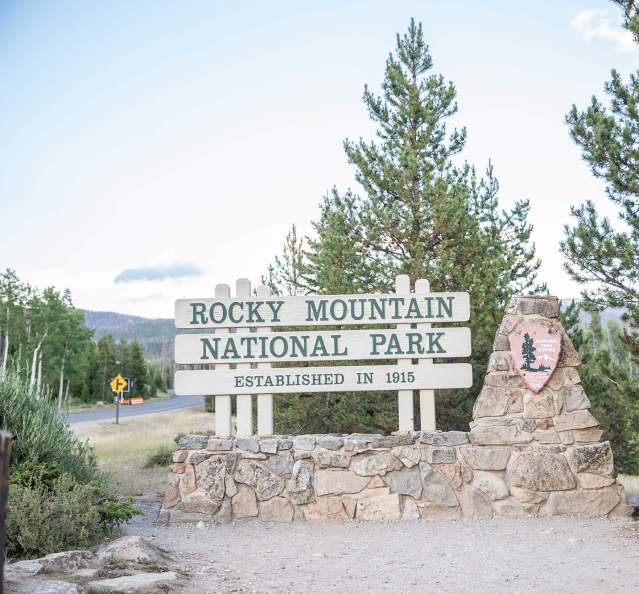Rocky Mountain National Park History
The vast mountainous territory that makes up Rocky Mountain National Park has a long and fascinating history. The region has been inhabited by humans for centuries, primarily by members of the Ute tribe.
The United States government acquired the area in 1803 as part of the Louisiana Purchase, and over the next few decades explorers, fur trappers, gold miners, and homesteaders migrated to the region. Word spread back East of the majestic landscape with its mountains and flowing streams, which prompted the first tourists to visit the area.
Founding
In an attempt to preserve this pristine landscape, the Estes Park Protective and Improvement Association began conservation efforts in the early 1900s. In 1915, largely due to the tireless efforts of naturalist Enos Mills, President Woodrow Wilson signed the Rocky Mountain National Park Act, which designated the territory a National Park. After World War I, there was a major spike in the number of tourists to the area, and park rangers began building lodges and other amenities.
During the Great Depression, President Franklin D. Roosevelt established the Civilian Conservation Corps, which recruited young men to work at Rocky Mountain National Park. They built trails, lodges, and roads, including the breathtaking Trail Ridge Road.
Evolution
The number of park visitors plummeted during World War II, and the buildings gradually fell into disrepair. After the war, Congress approved the Mission 66 program to repair the park facilities, and the National Park Service built numerous visitor centers, parking lots, and campgrounds to accommodate guests. With these new facilities came a surge of visitors, which took its toll on the landscape. People drove campers through open fields and meadows, the elk population grew exponentially due to a lack of predators, and unmanaged wildfires burned through the forests.
As a result, people began to demand that park management take steps to protect the local ecosystems and wildlife. Things began to improve in the 1970s when park superintendents were sent to manage the crowds, and park rangers began educating visitors on how to respect the environment.
Rocky Mountain National Park Today
Today, the park staff consists of a diverse team of rangers, carpenters, mechanics, biologists, administrators, engineers, resource specialists, and volunteers who are dedicated to assisting visitors, maintaining the trails and facilities, and ensuring the natural environment remains pristine.
Park visitors can enjoy the beauty of the mountains, rivers, lakes, forests, meadows, and wildlife that has long enchanted residents and tourists alike. In addition to camping, hiking, and taking scenic drives, visitors can enjoy rock climbing, horseback riding, fishing, and many other activities. You can also book a group tour with Lively Talks and Tours, where you’ll explore the park’s hidden landmarks in a private vehicle while listening to fascinating stories and local lore.
No matter what season you visit, you’ll be filled with a sense of awe as you take in the beauty of the landscape, the diverse wildlife, and the majestic mountains that soar above you.





